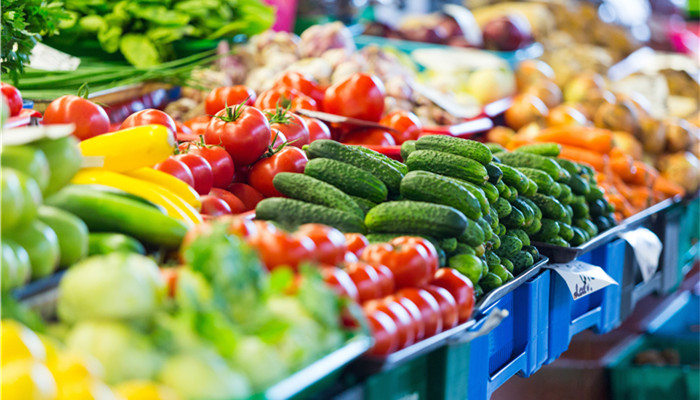
The growth in demand for frozen food will drive increased demand for antifreeze protein market
Antifreeze proteins (AFPs) are a general term for a class of protein compounds that can improve biological antifreeze capabilities. At present, five antifreeze proteins have been discovered, namely antifreeze glycoprotein, antifreeze protein I, antifreeze protein II, antifreeze protein III, and antifreeze protein IV. Among them, antifreeze protein I has the highest market demand.
Industrial Research Center issued the 2023 Global and Chinese Anti- “In-Depth Research Report on the Frozen Protein Industry” shows that the global antifreeze protein market size may grow from US$13 million in 2023 to US$55 million in 2027, with a compound annual growth rate of 33.4%.
Factors driving the antifreeze protein market include the increasing need in the agricultural sector to improve the frost resistance of plants through the introduction of antifreeze proteins, changing harvesting seasons in cold regions, enhancing fish farming in cool climates, and increasing the shelf life of frozen foods . In the food sector, the introduction of antifreeze proteins in different food applications such as ice cream and yogurt has increased its demand and rising consumer demand for fresh and frozen foods is also driving the demand for antifreeze proteins in food applications.
High demand for antifreeze protein I (type I antifreeze protein) drives the market
Currently, most proteins extracted on the market are type I, because type I is a simple form of antifreeze protein that can be recognized in DNA sequences and exists in large amounts. The growing demand for antifreeze proteins in cosmetics and pharmaceuticals has increased the market demand for antifreeze protein I.
The increasing popularity of physical forms is expected to drive the development of the form sector
The solid form offers a longer shelf life than the liquid form, which makes this form best suited for ice cream, frozen meats, and skin whitening creams. The solid form is easily available from different sources and is also easy to store and use, making it ideal for the food industry such as frozen foods, ice cream products, frozen fish and meat. This helps reduce overall production costs.
The increase in demand for frozen food will promote the increase in demand for anti -freezing protein market
The growing demand for different packaged food products has increased the demand for antifreeze proteins in the industry. The global population is growing rapidly. According to United Nations estimates, the global population will reach 9 billion by 2050. In order to prevent the formation of ice crystals in frozen foods, more and more different antifreeze proteins will need to be added to foods. The use of antifreeze proteins allows food manufacturers to further expand their sales areas and increase their sales radius.
The best prospects for the growth of frozen protein market in the Asia -Pacific region
Asia Pacific is a highly diverse market in terms of antifreeze protein manufacturing and consumption, and the antifreeze protein market in Asia Pacific is expected to grow at a significant rate. The use of antifreeze proteins is driven by growing consumption of different food, cosmetic and pharmaceutical products in the region.
Currently, the major players in the regional antifreeze protein market include Nichirei Corporation (Japan), Kaneka Corporation (Japan), A/F Protein Inc. (USA), Sirona Biochem (Canada), Unilever (Netherlands), ProtoKinetix, Inc . (USA), Yutao Industrial Development (Shanghai) Co., Ltd. (China), Kodera Herb Garden Co., Ltd (Japan), Chongqing Haifan Biochemical Technology Co., Ltd. (China) and MyBiosource, Inc. (USA), etc.

 微信扫一扫打赏
微信扫一扫打赏

